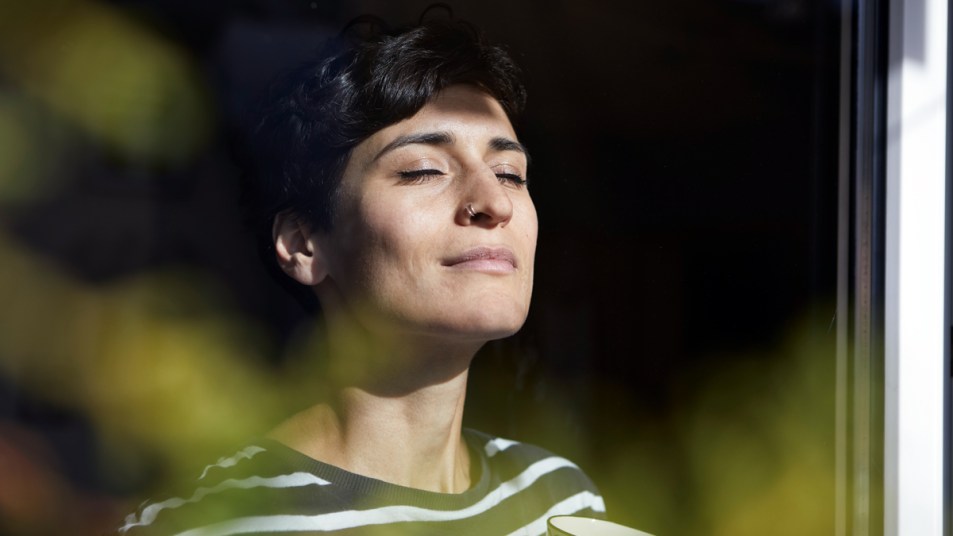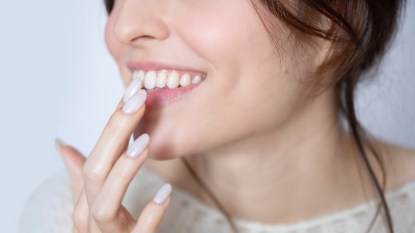How Light Therapy Can Help With Summer Brain Fog and Fatigue

These days, the average American spends just 7 percent of their time outdoors — even in the summer, and especially now, when many are avoiding large groups. And this lack of exposure to natural light takes a toll on our health. “Light and health are incredibly interrelated,” says psychiatrist Richard Schwartz, MD, an associate professor at Harvard Medical School. “Light is the timekeeper of our circadian clocks.” Missing out on sunlight throws these rhythms out of whack, he adds, leading to blue moods, difficulty sleeping, and trouble focusing.
The good news: It’s easy to restore your circadian rhythms and optimize health by tapping into the power of light therapy. “The beneficial effect of light depends on when you’re exposed to it,” says light researcher Raymond Lam, MD, a psychiatry professor at the University of British Columbia.
Getting some sun within the first hour of waking up can have impressive effects on mood. “There is a direct connection between light and the production of antidepressant brain chemicals that govern mood and behavior,” Dr. Lam explains.
Indeed, studies show that just 15 minutes of sunlight exposure daily can reduce depression by 18 percent after one week and increase endorphin levels by 50 percent after six weeks. To get the benefits, enjoy your first cup of coffee on the porch or stroll around the neighborhood before breakfast.
We’ve all heard the warnings to avoid the blue light emitted by our phones and television screens at night, but exposure to this light during the day can actually improve mental energy. In one study, subjects performed 20 percent better on tests of recall after they were exposed to blue light for 30 minutes as opposed to a dark yellow light.
“Receptors in the retina are sensitive to blue wavelengths and can affect the circadian clock,” explains Dr. Lam. When exposed to blue light, these receptors signal the brain that it’s the middle of the day, leading to improved focus and mental performance.
To try it, turn on a blue light that emits at least 200 lux, like SMY Blue Light Energy Lamp ($55.99, Amazon), in the afternoon as you do other tasks for 30 minutes.
As the sun sets, the changing light tells our circadian clocks it’s time to wind down, and research shows that exposure to red light at this time increases the brain’s production of sleep-promoting melatonin. “Red light does not contain any wavelengths that signal the brain it’s daytime,” says Dr. Schwartz.
The payoff: In one study, sitting in red light for 30 minutes each night led to a 41% increase in melatonin and a 31 percent improvement in sleep after 14 days. To get the perks, install a red light bulb (at hardware stores) in the room you spend time in before bed. The light will cast a red hue but won’t hinder your ability to see or read.
A version of this article originally appeared in our print magazine, First for Women.













